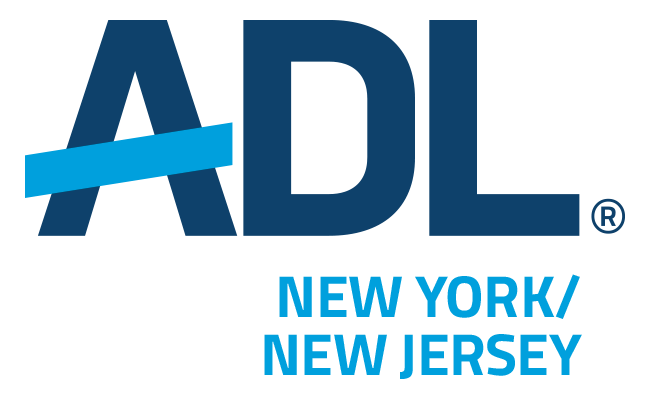
ADL’s A WORLD OF DIFFERENCE® Institute has been a market leader in the development and delivery of anti-bias and diversity training and resources for over twenty years. In that time, The Institute began to address the issue of bullying after recognizing that some of the most serious cases of bullying that occur in schools are the result of bias based on sexual orientation, race and religion. Through our Becoming an Ally and CyberALLY programs for students, educators and adult family members, one of our main goals has been to educate participants about how to identify bullying.
The ability to recognize the difference between bullying and conflict is crucial to effective bullying prevention and intervention. If we begin to label everything bullying, we lose the ability to effect change. This is the key issue that was addressed at ADL New York’s recent board meeting with guest speaker, Emily Bazelon.
Ms. Bazelon, author of the critically acclaimed Sticks and Stones: Defeating the Culture of Bullying and Rediscovering the Power of Character and Empathy, came by the New York ADL office to challenge the New York Regional Board, local educators and family members to examine their responses to bullying. Her remarks at the meeting mirrored her recent article in the New York Times:
“All the misdiagnosis of bullying is making the real but limited problem seem impossible to solve. If every act of aggression counts as bullying, how can we stop it? Down this road lies the old assumption that bullying is a rite of childhood passage. But that’s wrong.”
So how can you tell the difference between bullying and other forms of conflict? The Institute defines bullying as behavior that is repetitive, aggressive (verbally or physically) while exploiting a power differential (age, size, number, etc.). Any conflict that does not meet these criteria does not constitute bullying.
Does that mean we should ignore other forms of conflict – what teens tend to call “drama?” Definitely not, but understanding the difference between bullying and conflict helps educators and adult family members choose the most effective intervention and allows students the opportunity to be a part of the solution when appropriate.
It is easy to get caught up in the media frenzy that feeds on the emotions of what some have called a “bullying epidemic.” But when we look at the statistics, the number of bullying incidents doesn’t support the idea of an epidemic. In fact, if identified correctly, we see that the number of bullying incidents decreases with effective prevention and intervention.
Ms. Bazelon said it best when she wrote, “Bullying is a problem we can and should address. But not if we’re wrongly led to believe that it’s everything and everywhere.”
For more information about ADL’s A WORLD OF DIFFERENCE® Institute’s anti-bullying/cyberbullying programs and resources, please visit www.adl.org/education-outreach/bullying-cyberbullying/.

